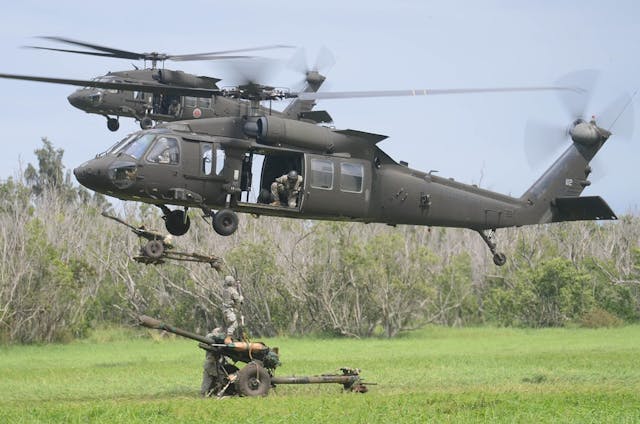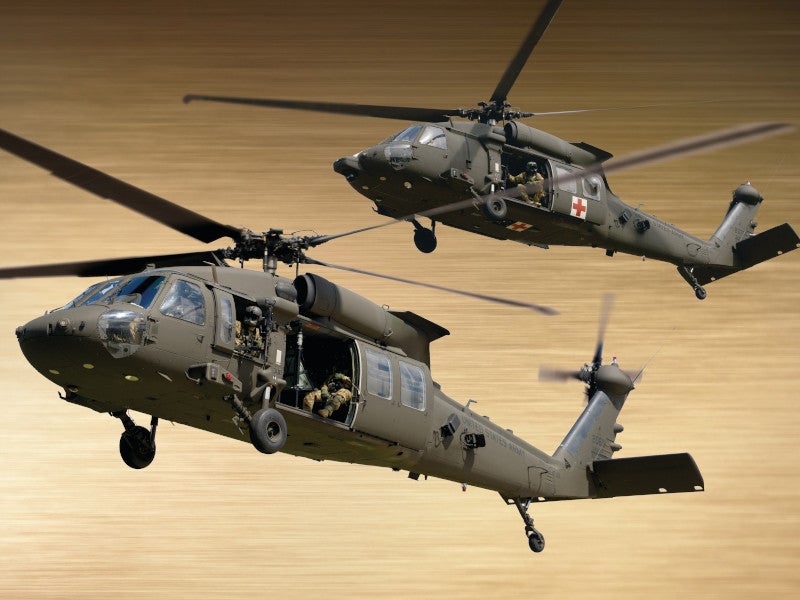Discovering the Cutting-edge Innovation Behind Aircraft Design and Design
The area of aircraft design and design is observing a transformative change driven by innovative modern technologies that boost sustainability, performance, and efficiency. Advanced materials such as carbon fiber compounds and titanium alloys are setting brand-new requirements, while aerodynamic technologies and man-made intelligence are simplifying processes and improving end results. As the industry faces the difficulties of ecological duty, growths in lasting air travel technologies guarantee to reshape the future. The implications of these improvements extend beyond efficiency metrics; they may redefine the actual nature of air travel. What might this indicate for the industry all at once?
Advanced Materials in Aircraft Style
Just how can the assimilation of innovative materials transform aircraft style? The incorporation of advanced products, such as carbon fiber compounds, titanium alloys, and advanced ceramics, plays an essential function in improving airplane efficiency and performance.
Furthermore, sophisticated materials display improved resistance to rust and tiredness, leading to lower upkeep costs and prolonged solution life. The usage of titanium in important parts helps endure extreme temperature levels and tensions, while carbon fiber composites provide versatility in style and production processes. This adaptability permits for even more aerodynamic forms, adding to exceptional efficiency qualities.
In addition, the integration of smart products, which can alter residential properties in action to outside stimuli, opens up new opportunities for flexible systems in airplane design. uh 60. These advancements guarantee not only to improve safety and security and operational efficiency but additionally to add to sustainability efforts by minimizing environmental impact via lowered exhausts. In summary, advanced products are redefining the landscape of airplane design, leading the means for a lot more effective, sturdy, and eco-friendly aeronautics options
Wind Resistant Developments for Efficiency
Wind resistant technologies play a critical role in enhancing airplane efficiency, dramatically influencing fuel consumption and general performance. Advancements in airfoil layout, such as the intro of supercritical wings, allow for maximized lift-to-drag ratios, minimizing drag at transonic speeds. These innovations allow airplane to keep greater rates with reduced fuel expense, directly affecting operational prices and ecological sustainability.
In addition, the combination of winglets has proven efficient in mitigating vortex-induced drag at the tips of wings, additionally boosting gas effectiveness - uh 60. This design adjustment causes a decrease in wake turbulence, contributing to boosted wind resistant efficiency throughout cruise ship problems

Additionally, computational fluid characteristics (CFD) tools have revolutionized the screening and refinement of wind resistant forms, permitting accurate simulations of air flow around airplane (uh 60). This enables designers to innovate continually, guaranteeing that contemporary airplane not only meet governing criteria yet additionally press the borders of performance in aeronautics

Duty of Computer Simulations
Computer system simulations have actually come to be a vital tool in the area of airplane design, enabling designers to carry out comprehensive analyses and optimizations of various design elements. These simulations enable for the online testing of aerodynamic residential properties, structural honesty, and efficiency metrics long before physical prototypes are built. By utilizing computational fluid dynamics (CFD) and limited component evaluation (FEA), engineers can predict how air flows around the airplane and just how various products will react to tension and pressure.
In addition, computer system simulations promote the exploration of a wide variety of situations and variables, increasing the layout process and decreasing prices linked with physical testing. This ability not only enhances the accuracy of predictions pertaining to airplane behavior yet likewise offers understandings right into possible design enhancements that could not be right away noticeable through standard techniques.

Additionally, simulations aid ensure compliance with rigid safety guidelines by allowing engineers to recognize and fix possible concerns early in the style stage. The combination of simulation modern technologies right into the aircraft layout procedure highlights the substantial improvements in design methods, inevitably adding to the development of more secure, extra effective, and eco-friendly airplane.
Artificial Intelligence in Engineering
Synthetic intelligence (AI) is reinventing the design landscape, specifically in aircraft style, by improving decision-making procedures and maximizing layout workflows. Via artificial intelligence formulas, AI can assess vast datasets, revealing patterns and understandings that educate style selections and improve overall efficiency.
AI applications in aircraft design consist of generative style, where algorithms produce numerous design options based upon specified specifications, permitting designers to examine a broader variety of possibilities. This not only speeds up the design phase but also ensures that the end products meet stringent performance and safety standards.
In addition, AI-driven predictive analytics promote upkeep organizing by analyzing historical data and predicting prospective failures. This positive method minimizes downtime and improves aircraft dependability.
Furthermore, AI help in simulation and modeling, enabling engineers to check layouts under numerous problems without the requirement for physical models. This capability reduces advancement timelines and lessens prices linked with standard screening techniques.
Lasting Aeronautics Technologies
Just how can the air travel market effectively equilibrium development and environmental responsibility? The answer depends on the fostering of sustainable air travel innovations that focus on performance and lower carbon exhausts. Advancements such as site here lasting air travel Home Page fuels (SAFs), which are obtained from sustainable sources, have actually emerged as an essential component in attaining reduced lifecycle emissions. SAFs can considerably decrease the carbon footprint of flights, making them a practical choice to standard jet gas.
Moreover, innovations in airplane layout, such as the development of lighter materials and more aerodynamically efficient shapes, add to enhanced fuel effectiveness. Electric and hybrid propulsion systems are likewise obtaining grip, offering a pathway to minimize reliance on fossil gas and lessen greenhouse gas emissions.
The integration of these innovations is supported by regulative structures and sector cooperations aimed at establishing enthusiastic sustainability targets. Digital devices like information analytics and man-made intelligence can enhance flight procedures, better improving fuel performance. By accepting sustainable techniques and technologies, the aviation market can not only satisfy the expanding demand for flight however additionally play a crucial function in addressing climate change, making sure a more sustainable future for air transport.
Verdict
The convergence of innovative materials, wind resistant advancements, and cutting-edge modern technologies marks a substantial evolution in aircraft style and design. The integration of carbon fiber composites, titanium alloys, and AI-driven processes not just enhances efficiency and performance but additionally improves process and predictive upkeep. The continuous development of sustainable air travel innovations underscores a dedication to ecological obligation, paving the method for a greener future in aeronautics. This continuous advancement will certainly form the sector's trajectory for many years to find.

Computer simulations have ended up being an indispensable tool in the field of airplane design, enabling engineers to perform comprehensive analyses and optimizations of different style facets.The merging of innovative materials, wind resistant technologies, and innovative innovations notes a considerable development in aircraft style and engineering.